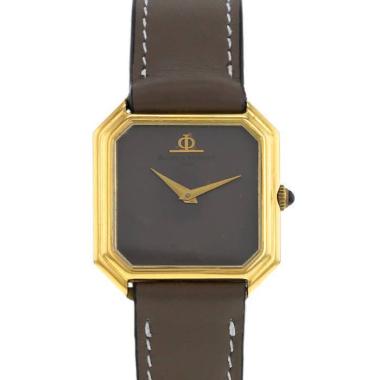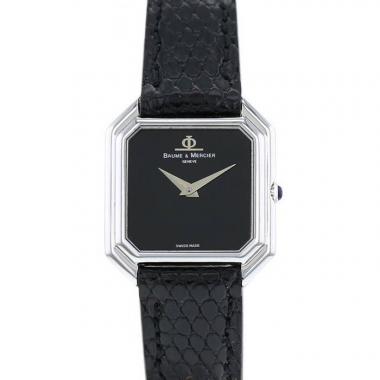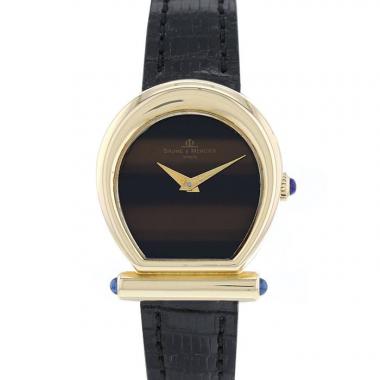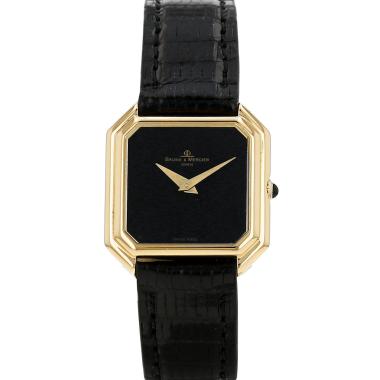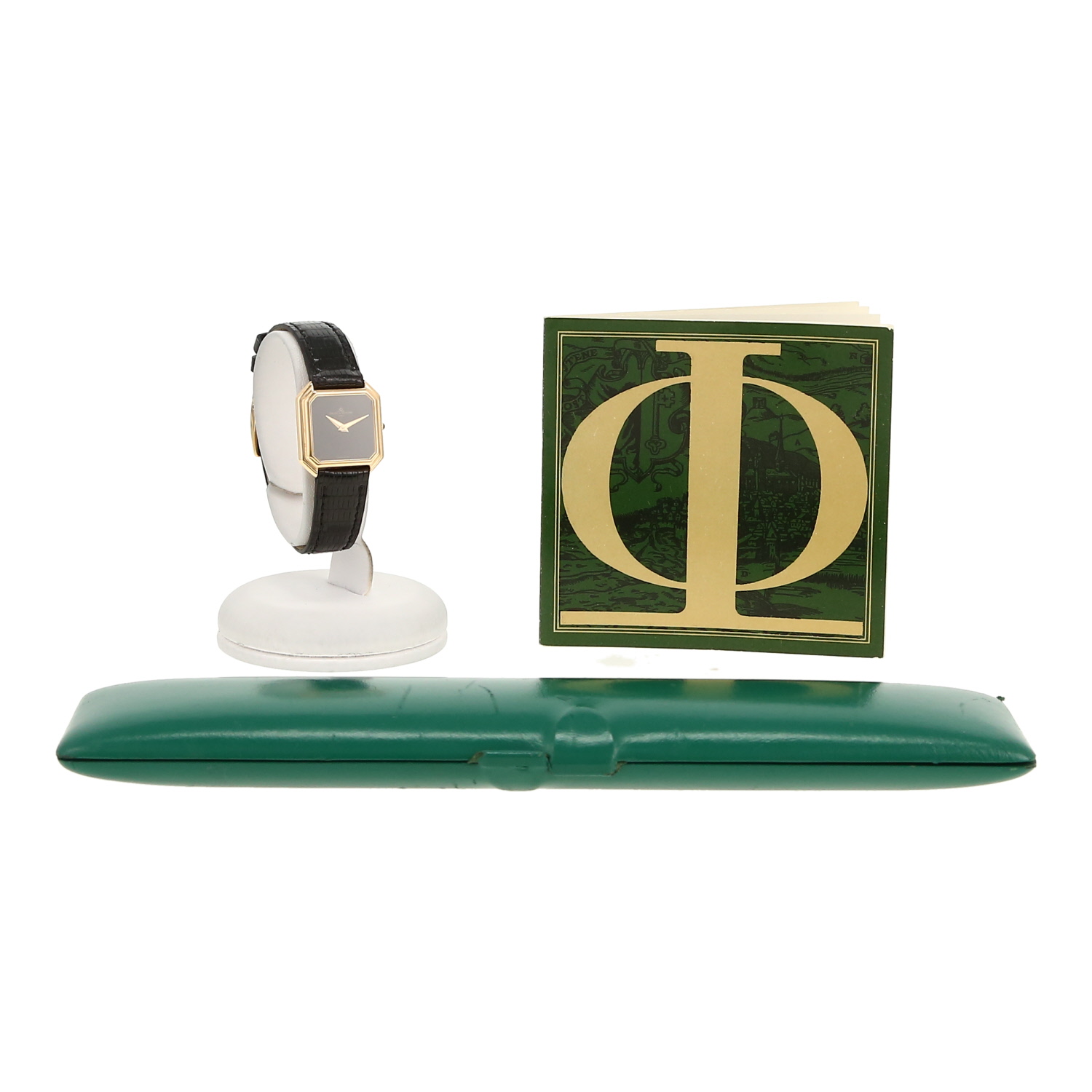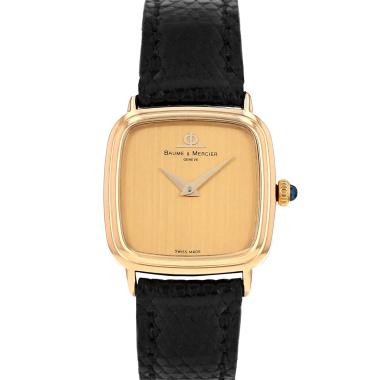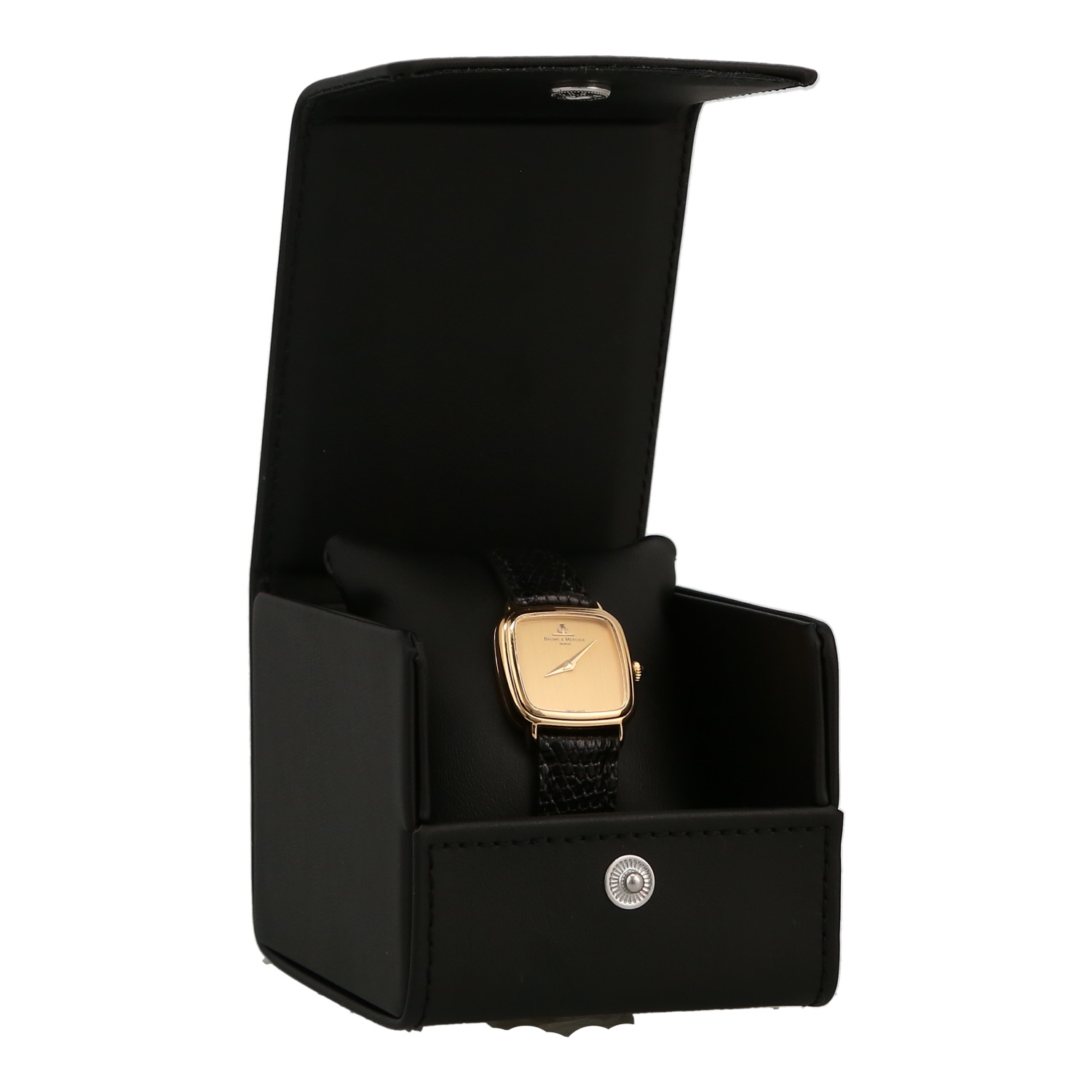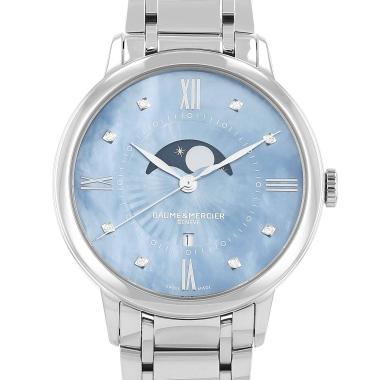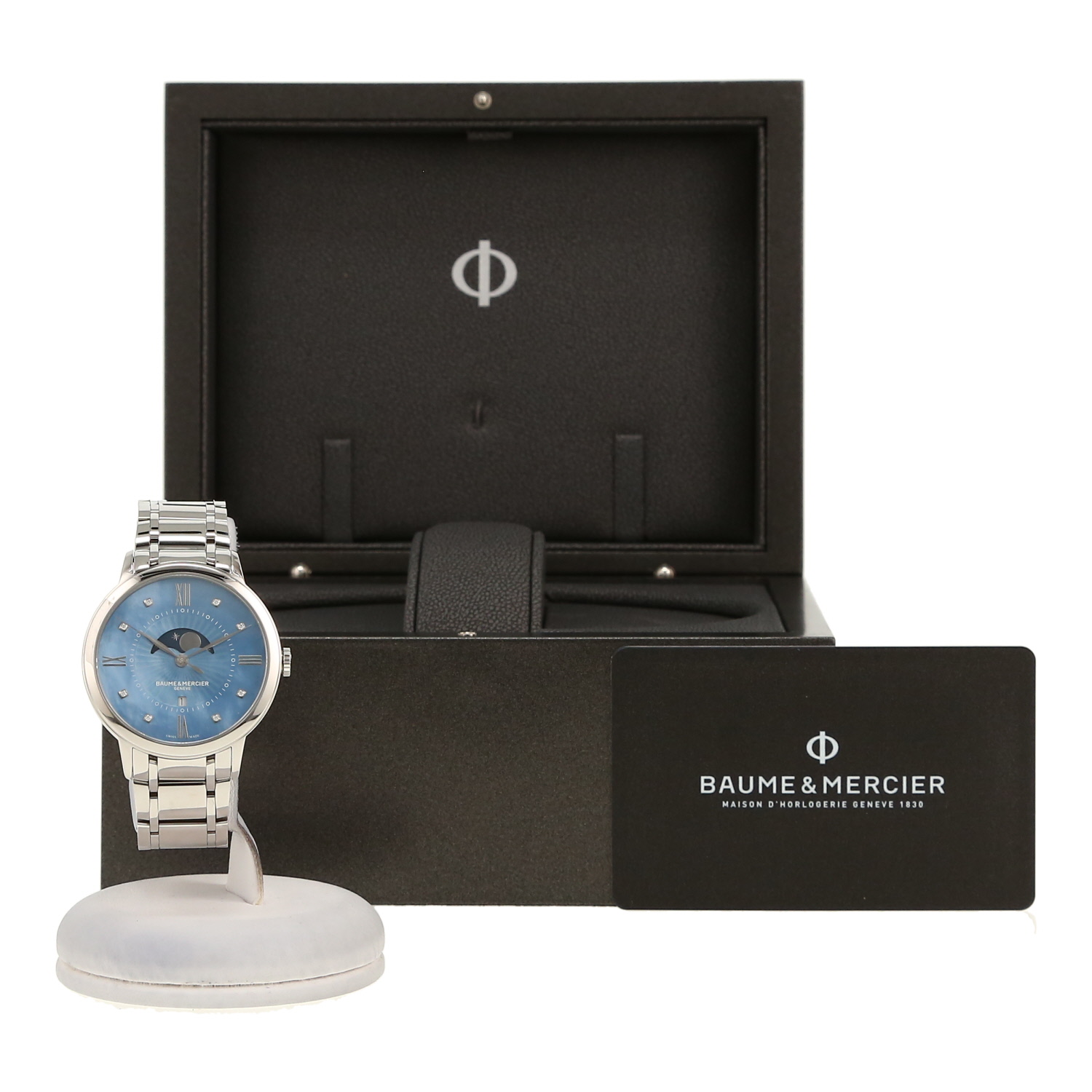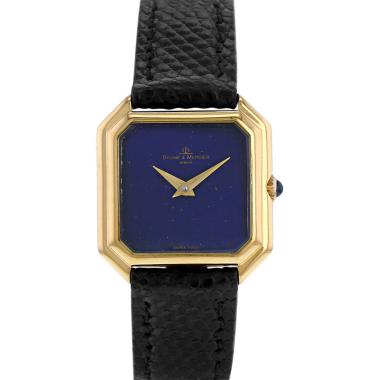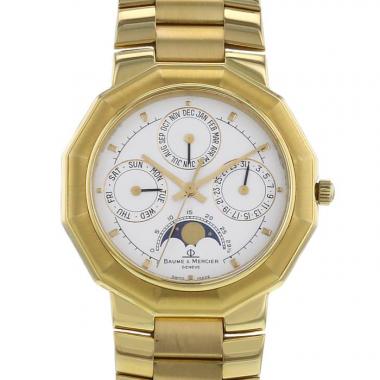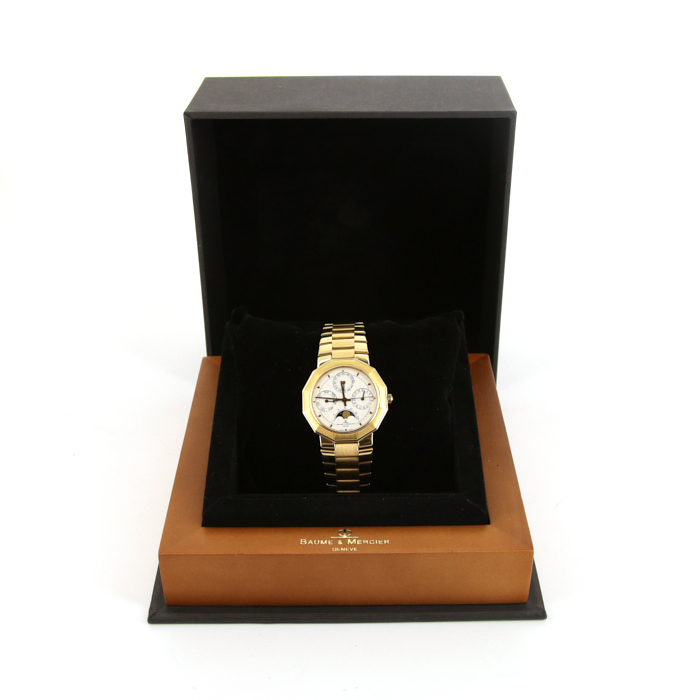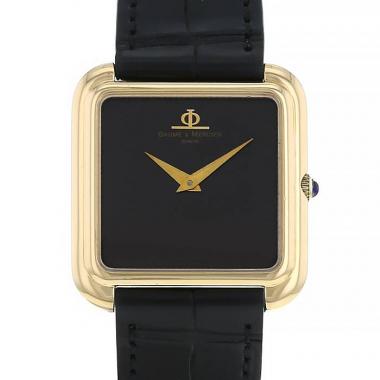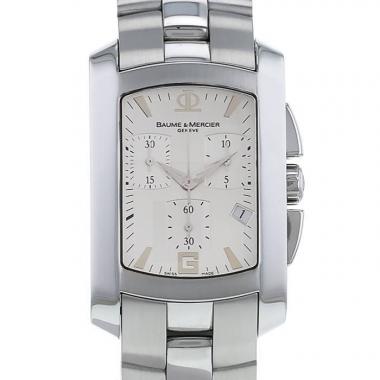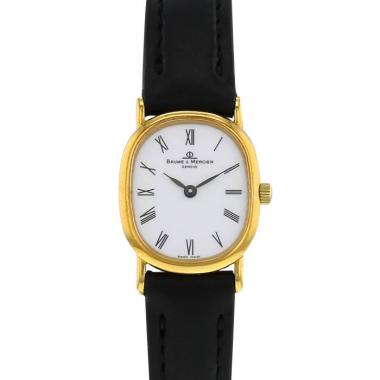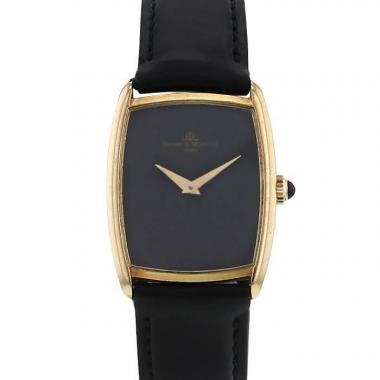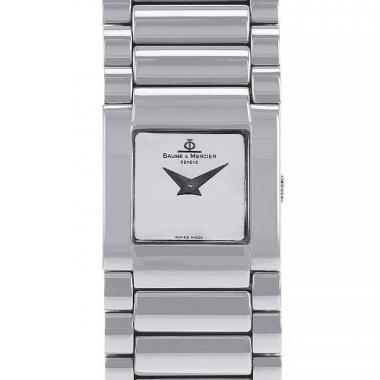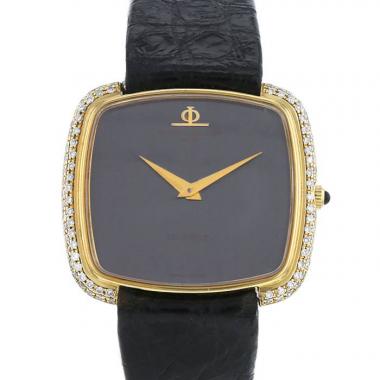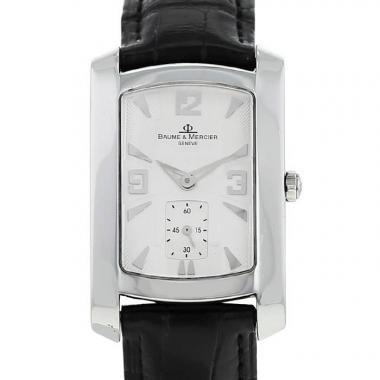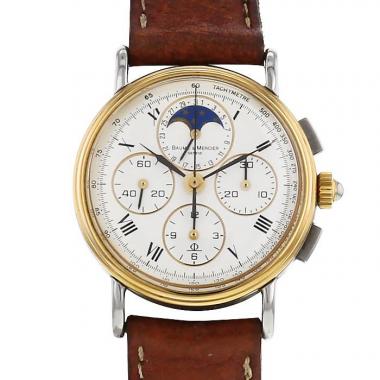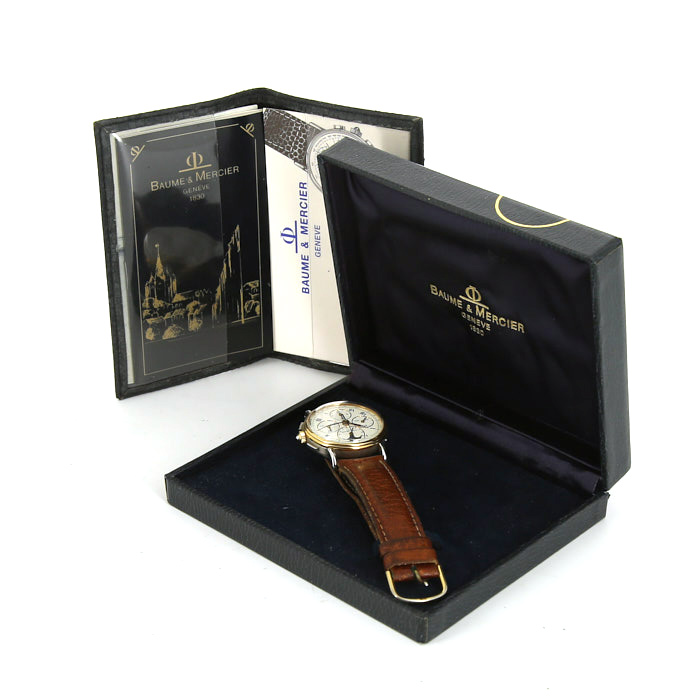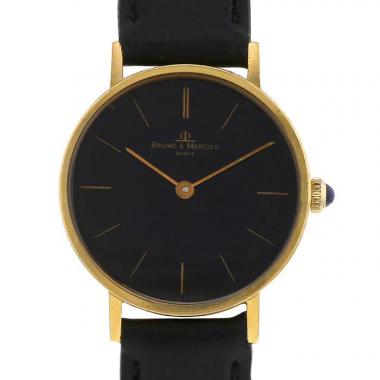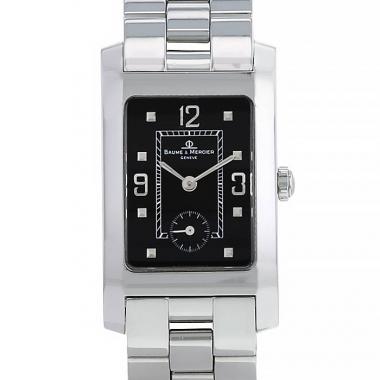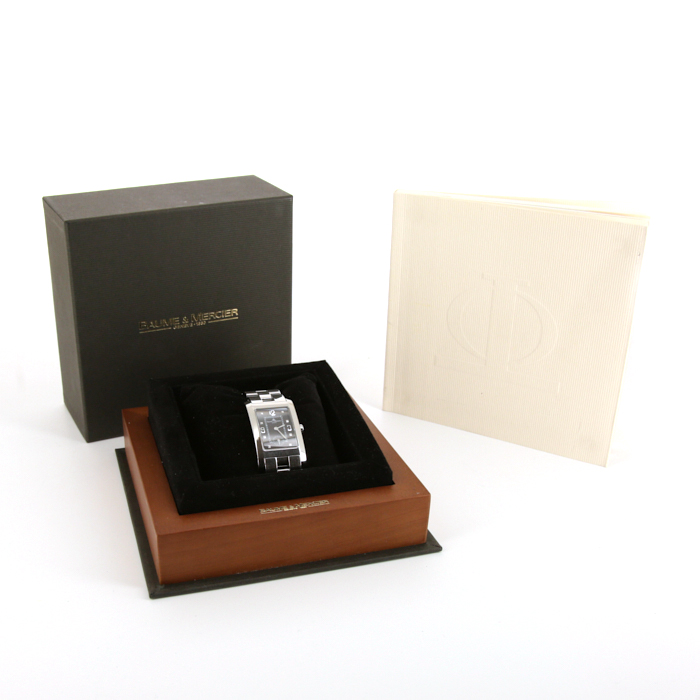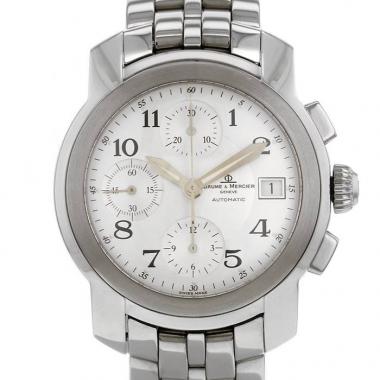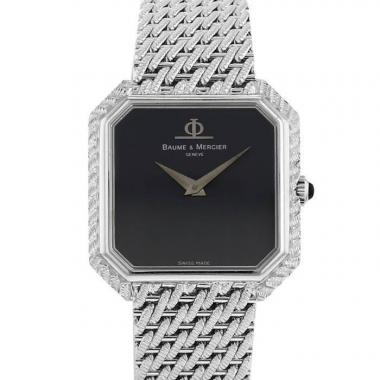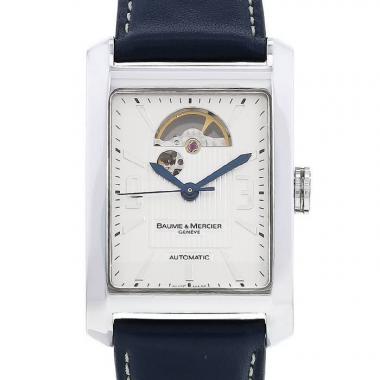Baume Mercier watches
-
Baume & Mercier Vintage in yellow gold Circa 1970
1,350 €
-
Baume & Mercier Vintage watch in yellow gold Circa 1980
1,550 €
-
Baume & Mercier Vintage in white gold Circa 1980
3,880 €
-
Baume & Mercier Vintage in yellow gold Circa 1980
2,980 €
-
Baume & Mercier Vintage in yellow gold Circa 1970
2,750 €
-
Baume & Mercier Vintage in yellow gold Ref: Baume & Mercier - 38259 Circa 1972
2,450 €
-
Baume & Mercier Vintage in yellow gold Ref: Baume & Mercier - 38353 Circa 1990
2,080 €
-
Baume & Mercier Classima in stainless steel Circa 2022
2,150 €
-
Baume & Mercier Vintage in yellow gold Circa 1970
2,880 €
-
Baume & Mercier Vintage in white gold Circa 1980
3,280 €
-
Baume & Mercier Vintage in yellow gold Ref: Baume & Mercier - 38259 Circa 1970
2,550 €
-
Baume & Mercier Riviera watch in yellow gold Circa 1990
This item is no longer available
-
Baume & Mercier Hampton Spirit watch in stainless steel Ref: 65446 Circa 2000
This item is no longer available
-
Baume & Mercier Vintage watch in yellow gold
This item is no longer available
-
Baume & Mercier Hampton watch in stainless steel Circa 2000
This item is no longer available
-
Baume & Mercier Vintage watch in 18k yellow gold Ref: 18600 Circa 1990
This item is no longer available
-
Baume & Mercier watch in yellow gold Circa 1970
This item is no longer available
-
Baume & Mercier Catwalk watch in stainless steel Circa 2000
This item is no longer available
-
Baume & Mercier Vintage watch in yellow gold Circa 1980
This item is no longer available
-
Baume & Mercier Hampton watch in stainless steel Ref: 65310 Circa 2000
This item is no longer available
-
Baume & Mercier Catwalk watch in stainless steel Circa 2000
This item is no longer available
-
Baume & Mercier watch in gold plated and stainless steel Ref: 6102.099 Circa 1988
This item is no longer available
-
Baume & Mercier Classima watch in yellow gold Circa 1970
This item is no longer available
-
Baume & Mercier Hampton watch in stainless steel Ref: NV045063 Circa 2000
This item is no longer available
-
Baume & Mercier Capeland watch in stainless steel Ref: M045216 Circa 1990
This item is no longer available
-
Baume & Mercier Catwalk watch in stainless steel Ref: MVO45219 Circa 1990
This item is no longer available
-
Baume & Mercier watch in white gold Circa 1970
This item is no longer available
-
Baume & Mercier Hampton Classic watch in stainless steel Ref: 65647 Circa 2000
This item is no longer available
Baume Mercier watches
In 1830, Louis-Victor and Celestin Baume founded a family watchmaking business in the Swiss Jura. Their company quickly developed and forged a good reputation through the creation of exceptional pieces integrating leading-edge innovations, with the motto: "Let nothing pass and only manufacture the highest quality watches.” As a result of its success, their company decided to promote its reputation on an international scale.
In 1851, under the name Baume Brothers, it opened a branch in London, which would extend their business to all of the British Empire, from the Indies to Australia, New Zealand, Singapore, and Burma to Africa.
At the end of the 19th century, the watchmaking company perfected itself, and in 1892, it earned the “Kew Certificate” by the Kew Observatory (near the city of London) with a pocket watch chronometer featuring tourbillon movement with remarkable accuracy that remained unmatched for over 10 years.
Finally in the 1920s, Williamen Baume joined forces with Paul Mercier, and the Baume Mercier brand was born.
In 1919, Baume Mercier received the “Geneva Seal,” the highest international distinction in watchmaking, a true gauge of extraordinary watchmaking performance. In 1940, conscientious about the women's rights movement, Baume Mercier launched "La Marquise," a small practical and aesthetic watch, which was successful partly because of the modernity of its rigid bracelet. "La Marquise" by Baume Mercier was the first of a women’s watch production line.
Paul Mercier’s arrival brought a breath of modernity and timelessness while contributing to the international reputation of Baume Mercier, whose production of elegantly shaped watches are always avidly sought by collectors. Throughout the Art Deco period, Baume Mercier imposed its style and left a lasting imprint on the history of watchmaking design.
As proof of this, the famous "Hampton" collection, inspired by the rectangular case watches of the 1930s and 1940s, remains an unescapable Baume Mercier model that is both urban and chic.
In the 1950s and 1960s, like all renowned watchmaking Houses, Baume Mercier launched production of more technical timepieces: chronographs with complexities, such as the moon phases and even annual and perpetual day of the month functions. In the 1970s, Baume Mercier differentiated and asserted its originality with innovatively shaped watches and received prestigious international awards, such as the Galaxy or the Stardust.
In 1988, the Baume Mercier House joined the Richemont group and affirmed its belonging to quality watchmaking. For the brand’s 180th anniversary, Mr. Alain Zimmermann took over the direction of Baume Mercier and gave it a new impetus by relaunching the Hampton collection, forever remaining one of the brand’s timeless collections.
14-days return policy
Recently viewed
Explore
Our most sought-after ranges
by brand, collection or category.
